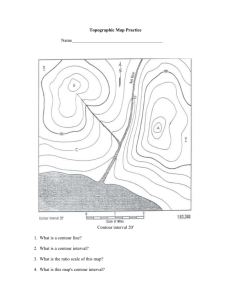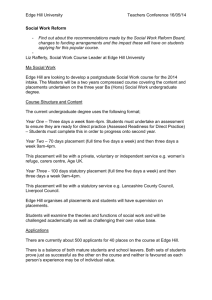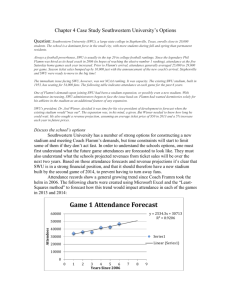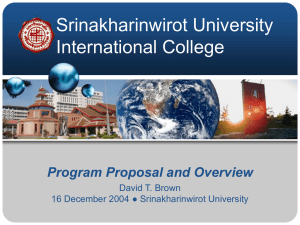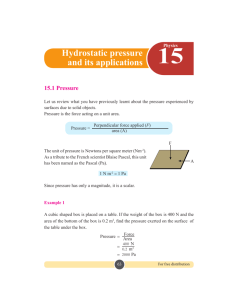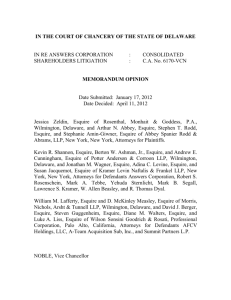Southwestern University (SWU), a large state college in Stephenville
advertisement
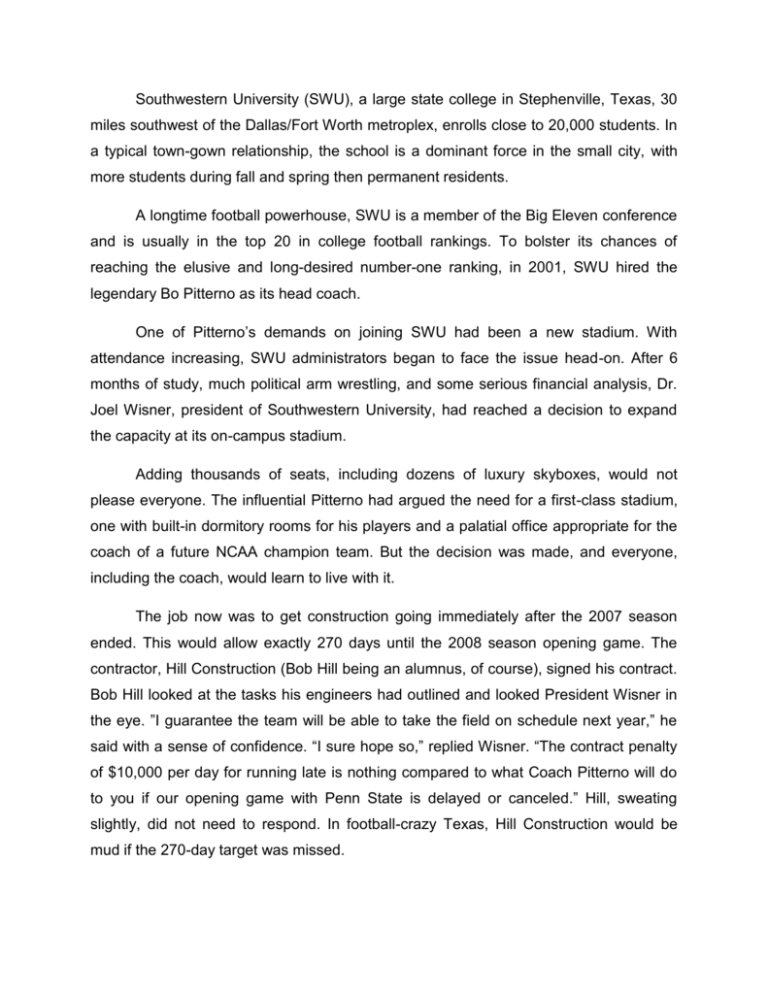
Southwestern University (SWU), a large state college in Stephenville, Texas, 30 miles southwest of the Dallas/Fort Worth metroplex, enrolls close to 20,000 students. In a typical town-gown relationship, the school is a dominant force in the small city, with more students during fall and spring then permanent residents. A longtime football powerhouse, SWU is a member of the Big Eleven conference and is usually in the top 20 in college football rankings. To bolster its chances of reaching the elusive and long-desired number-one ranking, in 2001, SWU hired the legendary Bo Pitterno as its head coach. 2QH RI 3LWWHUQR¶V GHPDQGV RQ MRLQLQJ 6:8 KDG EHHQ D QHZ VWDGLXP :LWK attendance increasing, SWU administrators began to face the issue head-on. After 6 months of study, much political arm wrestling, and some serious financial analysis, Dr. Joel Wisner, president of Southwestern University, had reached a decision to expand the capacity at its on-campus stadium. Adding thousands of seats, including dozens of luxury skyboxes, would not please everyone. The influential Pitterno had argued the need for a first-class stadium, one with built-in dormitory rooms for his players and a palatial office appropriate for the coach of a future NCAA champion team. But the decision was made, and everyone, including the coach, would learn to live with it. The job now was to get construction going immediately after the 2007 season ended. This would allow exactly 270 days until the 2008 season opening game. The contractor, Hill Construction (Bob Hill being an alumnus, of course), signed his contract. Bob Hill looked at the tasks his engineers had outlined and looked President Wisner in WKHH\H´,JXDUDQWHHWKHWHDPZLOOEHDEOHWRWDNHWKHILHOGRQVFKHGXOHQH[W\HDU´KH said with a VHQVHRIFRQILGHQFH³,VXUHKRSHVR´UHSOLHG:LVQHU³7KHFRQWUDFWSHQDOW\ of $10,000 per day for running late is nothing compared to what Coach Pitterno will do WR \RX LI RXU RSHQLQJ JDPH ZLWK 3HQQ 6WDWH LV GHOD\HG RU FDQFHOHG´ +LOO VZHDWLQJ slightly, did not need to respond. In football-crazy Texas, Hill Construction would be mud if the 270-day target was missed. Back in his office, Hill again reviewed the data (see Table 3.6) and noted that optimistic time estimates can be used as crash times. He then gathered his foremen. ´)RONVLIZH¶UHQRWVXUHZH¶OOILQLVKWKLVVWDGLXPLQOHVVWKDQGD\V,ZDQWWKH project crashed! Give me the cost figures for a target date to 250 days ± also for 240 GD\V,ZDQWWREHHDUO\QRWMXVWRQWLPH´ Discussion Question 1. Develop a network drawing for Hill Construction and determine the critical path. How long is the project expected to take? 2. What is the probability of finishing in 270 days? 3. If it is necessary to crush to 250 or 240 days, how would Hill do so, and at what costs? As noted in the case, assume the optimistic time estimates can be used as crash times. Predecessor (s) Optimistic Most Likely Pessimistic Crash Cost/Day A Bonding, insurance, tax structuring - 20 30 40 $1,500 B Foundation, concrete footings for boxes A 20 65 80 $3,500 C Upgrading skybox stadium seating A 50 60 100 $4,000 D Upgrading walkways, stairwells, elevators C 30 50 100 $1,900 B 25 30 35 $9,500 E 0.1 0.1 0.1 $0 D, E 25 30 35 $2,500 G 10 20 30 $2,000 H 20 25 60 $2,000 H 8 10 12 $6,000 J 0.1 0.1 0.1 $0 I, K 20 25 60 $4,500 Activity E F G H I J K L Description Interior wiring, lathes Inspection approvals Plumbing Painting Hardware/AC/metal workings Tile/carpeting/windows Inspection Final detail work/cleanup Table 3.6 ± Southwestern University Project


